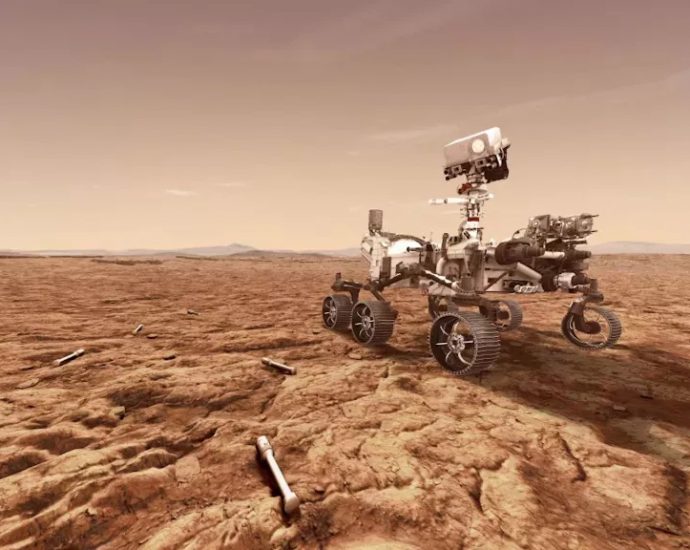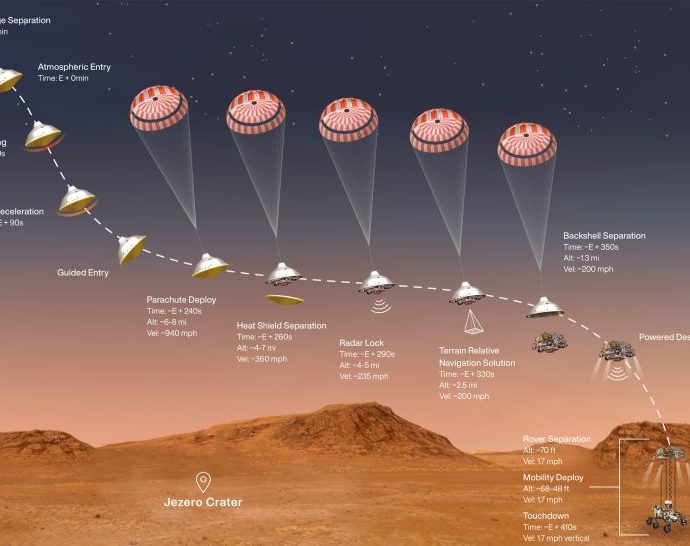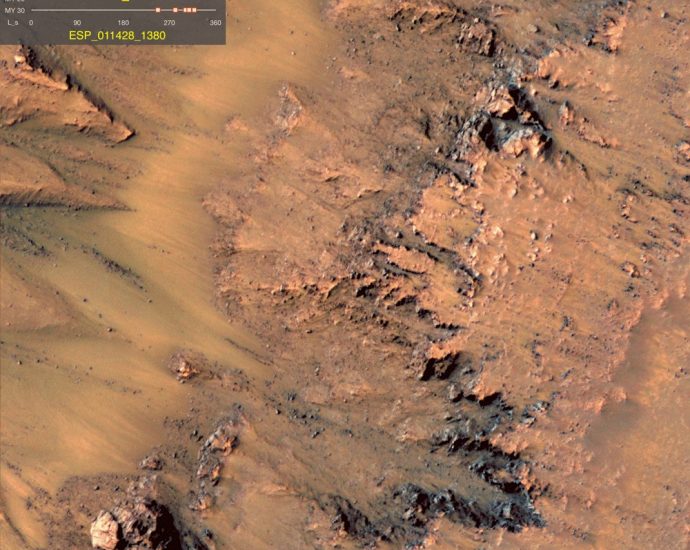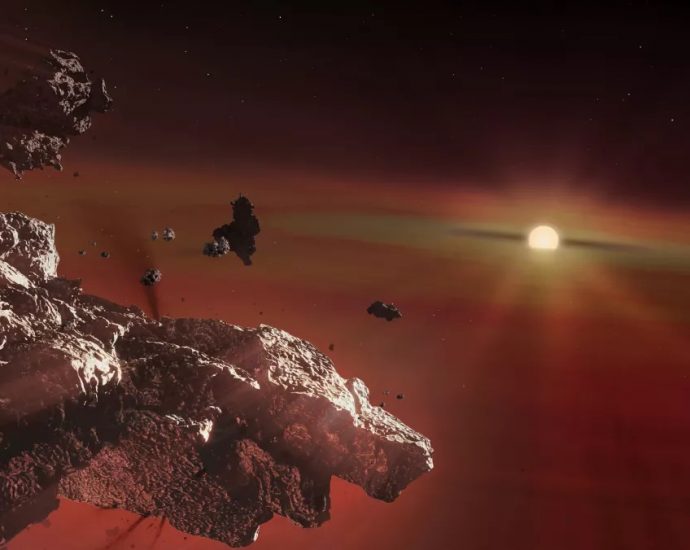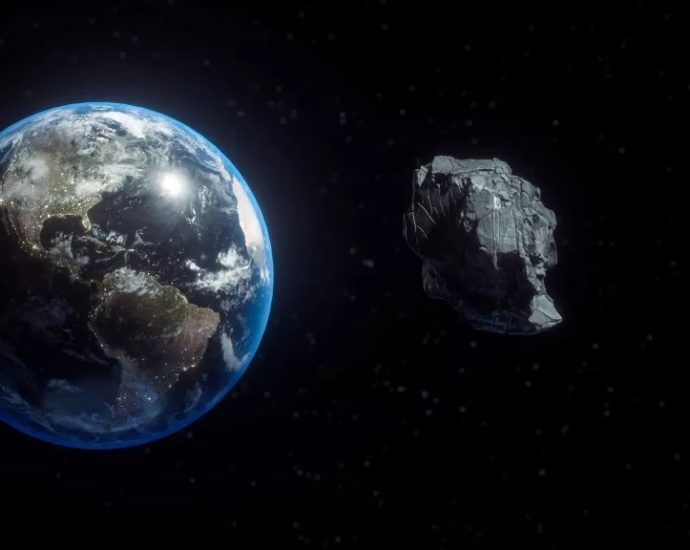The first black hole ever discovered is more massive than previously thought
Cygnus X-1 is the heaviest stellar black hole observed without using gravitational waves The first black hole ever discovered still has a few surprises in store. New observations of the black hole–star pair called Cygnus X-1 indicate that the black hole weighs about 21 times as much as the sunContinue Reading


